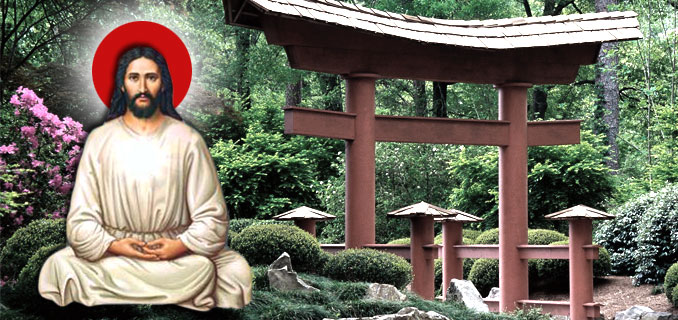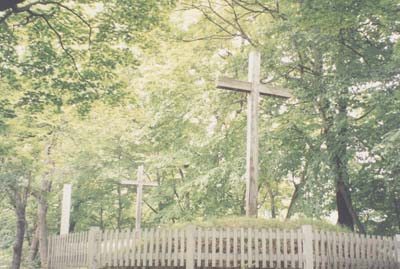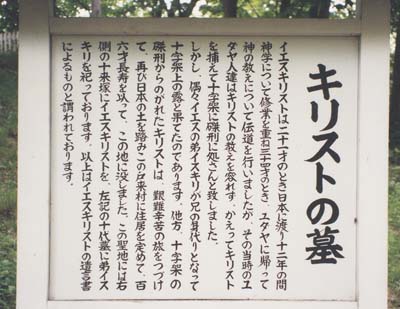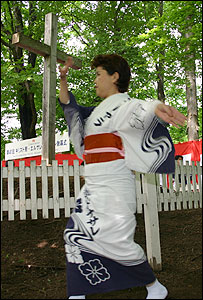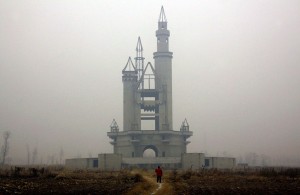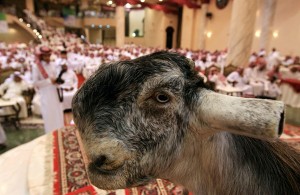Where Is Jesus Buried? – Shingō, Japan
Some believe Jesus was crucified, buried in a cave, rose again and ascended to heaven leaving no earthly trace. Others believe Jesus died as a normal man and remained buried and rotted away, others still think he never existed in the first place.
Another group of people, known as Catholics, think there are still bits of Jesus knocking about on earth, his foreskin – the holy prepuce – is a long sought after relic.
The people who live in the Japanese village of Shingō, however, have a very different story to tell. You’ll like this, it’s good. Are you ready? Here’s there flag to start off with:
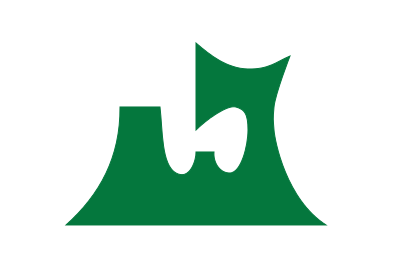
This is the Aomori Prefecture flag (if you want to see more of their completely banging Prefecture flags click the picture)
Shingō is located in Sannohe District, south-central Aomori Prefecture. It’s a small unassuming place with nothing much to say for itself… other than the fact that it’s the final resting place of Jesus, obviously.
According to local legend, Jesus’ life story went in a completely different direction to the standard, well-known version. The Sawaguchi family’s claims go like this:
Jesus Christ did not die on the cross at Golgotha. Instead, his brother, with the incredibly Middle Eastern sounding name – Isukiri, took his place on the cross. Jesus avoided death by fleeing across Siberia to Mutsu Province, in northern Japan.
They don’t really elaborate as to why Jesus felt the need to go quite so far away from his homeland, though. According to Google Maps, it would be a 20 hour flight, so I’m imagining the walk would be slightly arduous.
Once in Japan, Jesus became a rice farmer, like you do. He got married and had three daughters near what is now the village of Shingō, and his ancestors still live in the region.
While in Japan, Jesus travelled, learned, and eventually died at the age of 106. His body was exposed on a hilltop for four years. According to the customs of the time, Jesus’ bones were collected, bundled, and buried in the mound now purported to be the grave of Jesus Christ:
Another mound near the alleged grave of Jesus is said to contain an ear of the brother of Jesus and a lock of hair from his mum, Mary; these were the only relics of his family Jesus could carry when he fled Judaea.
These wacky claims started in 1933 after the discovery of “ancient Hebrew documents detailing Jesus’ life and death in Japan” that were supposedly the testament of Jesus. According to the story, these documents were seized by the Japanese authorities and taken to Tokyo shortly before World War II and have not been seen since. Conspiracy theories abound.
This is the translation of the sign pictured above, explaining the story to visitors:
When Jesus Christ was 21 years old, he came to Japan and pursued knowledge of divinity for 12 years. He went back to Judea at age 33 and engaged in his mission. However, at that time, people in Judea would not accept Christ’s preaching. Instead, they arrested him and tried to crucify him on a cross. His younger brother, Isukiri casually took Christ’s place and ended his life on the cross.
Christ, who escaped the crucifixion, went through the ups and downs of travel, and again came to Japan. He settled right here in what is now called Herai Village, and died at the age of 106.
On this holy ground, there is dedicated a burial mound on the right to deify Christ, and a grave on the left to deify Isukiri.
The above description was given in a testament by Jesus Christ.
Only 1% of Japanese folks are Christian, so it’s quite likely they don’t realise how offended some foreigners might be by the claims. When the BBC interviewed Masaoki Sato, a local official, he was eager to make sure he didn’t annoy Christians on a global scale:
“We’re not saying that the story is true or what is written in the Bible is wrong. All we are saying is that this is a very interesting old legend. It’s up to the people who come here to decide how they interpret it.”
The final resting place of Jesus is the region’s only internationally known tourist spot and the town are eager for the trade to continue. It seems that many of Shingō’s locals aren’t exactly 100% convinced by the whole thing, but whilst the tourist Yen is pouring in, the story will stay the same.

